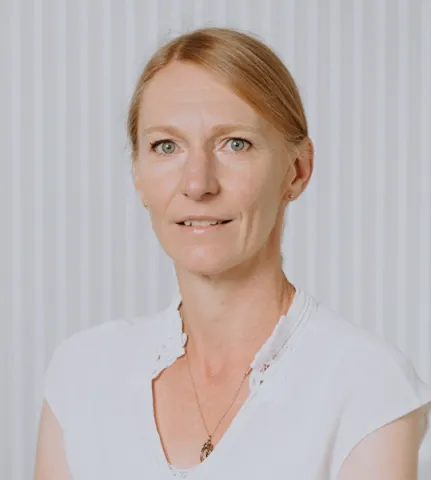Project overview
Silicon photonics is one of the largest and fastest growing areas of research and development of our time. The ability to exploit the semiconductor functionality to process and transmit data in the form of light offers a route to dramatically increase the speeds, capacities, and efficiencies of next generation optoelectronic systems. An important subset of this work is nonlinear silicon photonics, where the aim is to make use of the large, ultrafast, nonlinearity of the material to intricately control and manipulate these light-based signals using light itself. Nonlinear processes in silicon have been widely studied, with significant device demonstrators including Raman lasers, parametric amplifiers, and high-speed modulators. However, most of these devices have been constructed from single crystal material platforms that are notoriously difficult to integrate, either with other elements on-chip or with the optical fibres that are used to link the systems together. Thus, if nonlinear silicon devices are to make the critical transition from a research curiosity to commercially viable products, these integration hurdles must be overcome.
The work in this fellowship application will develop procedures to directly incorporate nonlinear optical components fabricated from cheap and easy to deposit materials within highly functional photonic systems. Compared to their single crystal counterparts, these materials offer a number of key advantages as they are compatible with a wide range of substrates, can be shaped in three dimensions, and can even be post-processed to fine-tune the optical properties and/or the waveguide structure. The components will be fabricated in both fibre and planar form, thus opening an innovative route towards linking these two platforms - one of the most important design challenges in the field of silicon photonics. Following optimization of the integration methods and materials, a range of nonlinear optical systems will be constructed, with the goal to obtaining systems that are smaller, faster, and more efficient. Although the primary focus of this project is the development of integrated platforms for optical communication systems, by extending the device operation into the mid-infrared wavelength region there will be scope to target applications in important areas such as environmental sensing, healthcare, and public security. By looking beyond the traditional single crystal chip-based components to consider more flexible materials and geometries, the work in this programme will help bring the vision of truly integrated nonlinear silicon platforms to fruition.
The work in this fellowship application will develop procedures to directly incorporate nonlinear optical components fabricated from cheap and easy to deposit materials within highly functional photonic systems. Compared to their single crystal counterparts, these materials offer a number of key advantages as they are compatible with a wide range of substrates, can be shaped in three dimensions, and can even be post-processed to fine-tune the optical properties and/or the waveguide structure. The components will be fabricated in both fibre and planar form, thus opening an innovative route towards linking these two platforms - one of the most important design challenges in the field of silicon photonics. Following optimization of the integration methods and materials, a range of nonlinear optical systems will be constructed, with the goal to obtaining systems that are smaller, faster, and more efficient. Although the primary focus of this project is the development of integrated platforms for optical communication systems, by extending the device operation into the mid-infrared wavelength region there will be scope to target applications in important areas such as environmental sensing, healthcare, and public security. By looking beyond the traditional single crystal chip-based components to consider more flexible materials and geometries, the work in this programme will help bring the vision of truly integrated nonlinear silicon platforms to fruition.
Staff
Lead researchers
Collaborating research institutes, centres and groups
Research outputs
Anna C. Peacock,
2025
Type: conference
Anna Peacock,
2025
Type: conference
Anna Peacock,
2024
Type: conference
Zhengyu Yan, Shangran Xie, Caoyuan Wang, Cong Xiong, Ruowei Yu, Shuangyi Linghu, Fuxing Gu, Hongtao Xu, Zhenhua An, Ming Wu, Ai-Qun Liu, Ping Hua, Anna Peacock & Limin Xiao,
2024, Laser & Photonics Reviews
Type: article
Meng Huang, John Ballato & Anna C. Peacock,
2024, NPJ Nanophotonics, 1
Type: review
